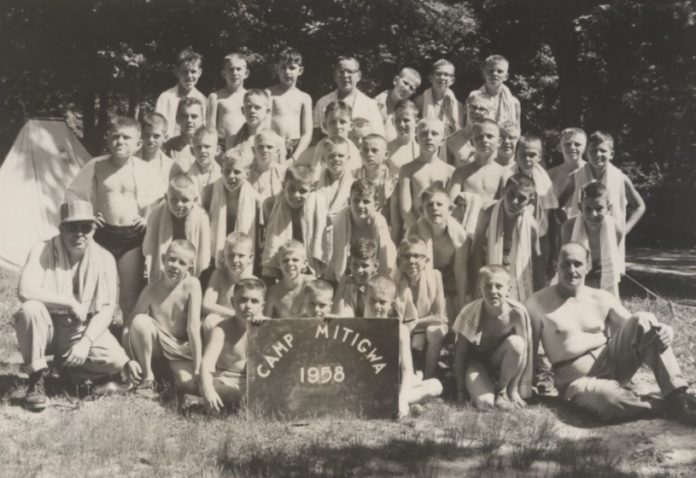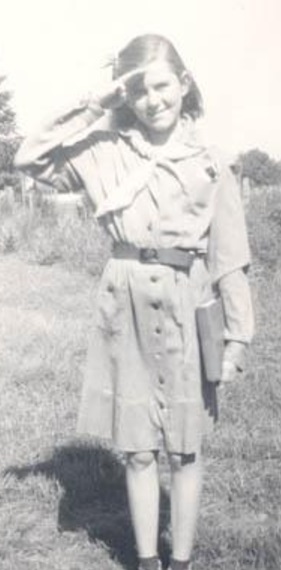
Scouting has a rich history in the Midwest. The Boy Scouts of America have been in Iowa since at least 1911, and the Girl Scouts of the United States of America date their Iowa activities from the 1920s. Camp Mitigwa – the local scout camp located north of Woodward – was established in 1923.
Prior to this, Boy Scouts attended camps at the Ledges and in a temporary site north of Adel. In the 1920s, teenagers were the most common age group involved with Boy Scouts, with most scouts 12 or 13 years old.
Scouting attracted boys and young men from families of a variety of income levels – from upper class to working class. The early goals of the Boy Scouts were much the same as today: to develop character, citizenship, and mental and physical fitness.
Scouting encouraged boys to pursue their own interests and to learn by doing. Scouting also prepared them for adult life, which in the 1910s and 1920s could include jobs in factories or politics.
Cub Scouts, open to boys younger than 12, officially became part of the Boy Scouts of America in 1930, though earlier versions of programing for younger boys existed since 1918.
Among their many other activities, Boy Scouts early on were involved in presidential inaugurations and during World Wars I and World War II, scouts sold war bonds and stamps and collected aluminum, rubber and wastepaper.
The Pinewood Derby, in which scouts build and race their own wooden cars, became an official Boy Scout event in 1955, and by 1958, when the photo above was taken, almost 5 million boys were enrolled in Boy Scouts and Cub Scouts nationally.

The Girl Scouts of the United States of America also have a deep history, dating back in the U.S. to 1912.
Early on, the organization emphasized self-reliance, patriotism, service, inclusiveness and the outdoors and today encourages confidence, character and courage in girls.
From the beginning, when the Girl Scouts were just a small troop of 18 girls, the organization attracted young women from a variety of cultures, ethnicities and income levels, and an early goal of the Girl Scouts was to help immigrant girls become accustomed to life in America.
During the Great Depression of the 1930s, Girl Scouts collected food and clothing for those in need, and during World War II, girls collected scrap metal and ran Farm Aid projects.
Iowa had several Girl Scout camps dating back to at least the 1920s, including Camp of the Hills in Sioux City, Camp Cardinal and Camp Whip-Poor-Will in Iowa City and Camp Crystal in Le Mars.
Some Iowa troops even used Camp Mitigwa from the 1930s to the 1950s. Construction began on Camp Sacajawea, the local scout camp located north of Boone, in 1947, and prior to this local Girl Scouts might have stayed at the Ledges or other campsites.
The sale of cookies as a fundraiser for troop activities dates to 1917, with girls and their mothers baking cookies in their own homes. Cookie recipes were published in Girl Scout magazines as early as 1922, and in the 1930s the Girl Scouts began to sell commercially baked cookies. Current favorites Thin Mints and Shortbread cookies were first sold in 1951, and Peanut Butter Sandwich cookies arrived in 1966.
For more on Boy and Girl Scouts history, the official websites of the Iowa councils have great information on the history pages. Also, check out the Vintage Girl Scout Online Museum, which has a page that collects newspaper articles on Iowa Girl Scout camps.
Alissa Whitmore is the research associate at the Fullhart/Carnegie Charitable Trust, doing business as Hometown Heritage.















